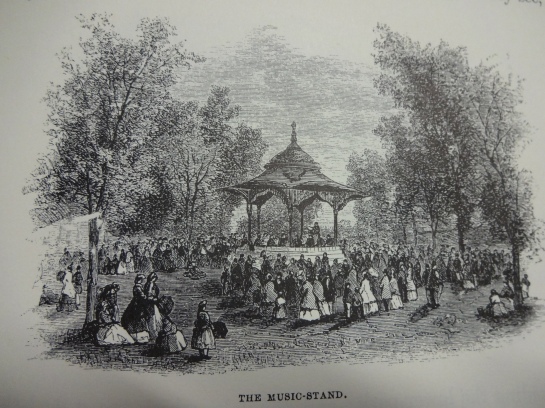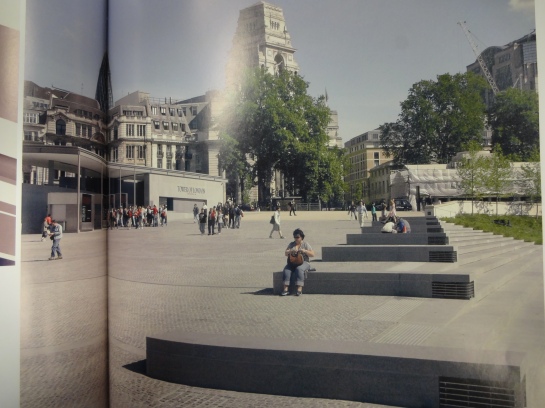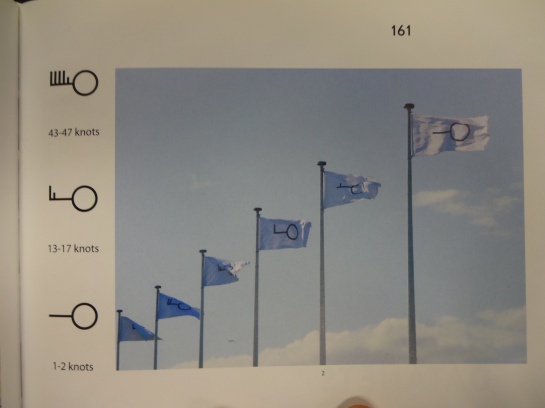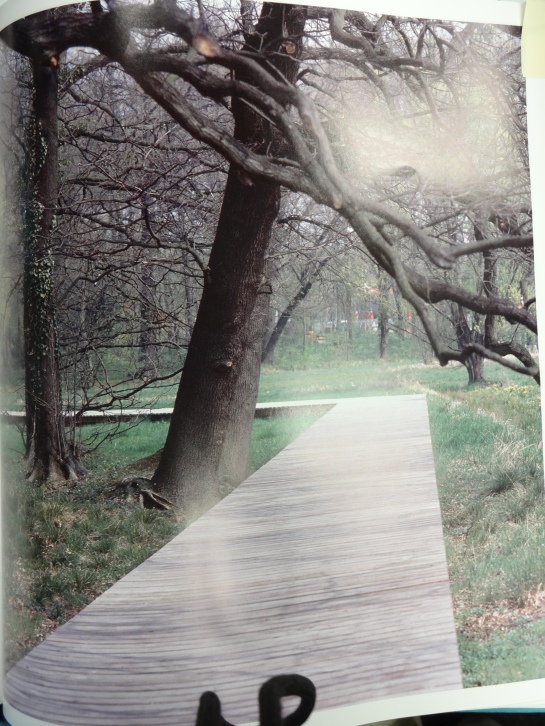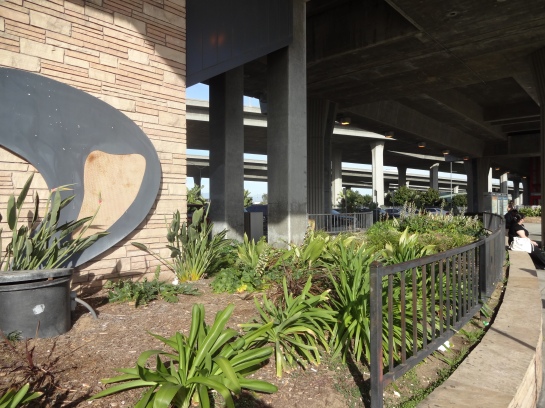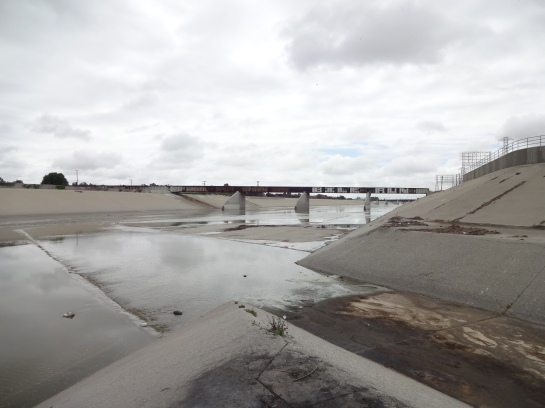
On April 14th, 2013, I fulfilled one of my life goals to bike the infamous Los Angeles River. Guided by Down by The Los Angeles River: Folar’s Official Guide by Joe Linten, I planned to start in my residence in Gardena, Take Compton Blvd. East toward the 710 freeway, and take the Los Angeles River Bike Path to Long Beach.
My journey started very urban and blocky surrounded by plain one story buildings and warehouses. However, shortly I encountered a small river incased by concrete. The river was about 30 feet below street level, vertical concrete walls on each side, and fenced off with a bike path on the left side. My book told me that it was Compton Creek so I decided to take the path to the Los Angeles River verses biking in street traffic. The bike path was free from any other bicyclists other than my biking buddy. To the right of the bike path was the creek and to the left was residential backyards. Trash was overflowing in every direction. The most memorable was probably a folded dirty mattress right in the middle of the bike path. The experience here was dull and unpleasant due to the unnaturalness of the concrete creek and the litter. I eventually reached a dead end where Joe Linten advised me to travel around a few streets to reach Compton Creeks lower end.
I took a few corners and walked my bike over an unwelcoming gravel path along train tracks. Once I reached the end of this short path I became overwhelmed by the view. The creek suddenly transition from straight concrete lining to a lush landscape. To the right of the creek were train tracks and the bike bath continued on the left side of creek. The creek now winded through the native plants and the banks were now sloped. Life seemed to flourish in this part of the creek with shades of green, grey, and purple. I was surprised to see the creek also was habitat for some red necked birds, ducks, and turtles. I still noticed a minimal amount of litter and the left side of the bike bath was industrial buildings colored with graffiti. The cruise from here until I reached the Los Angeles was very enjoyable due to the lush scenery.
The lower Compton Creeks lush scenery eventually came to an abrupt end when it joined the Los Angeles River. The image above shows the vast concrete landscape right where the Compton Creek joins the LA River. The water level here was near zero and slowly picked up to a powerful river spreading across the concrete banks. The Los Angeles River Bike Path was a calm cruise on a clean and smooth surface. To the left of the river would be residential across the street, some native plants and weeds and sometimes small pocket parks. There were also many other cyclists going in both directions. One group had even brought motorized ATV and dirt bikes on the path. The Los Angeles River bike path eventually ended at a inaccessible Golden Shore Marine Reserve in Long Beach. I continued biking in Long Beach where I continued my adventure.
This journey was very interesting in the diverse environment. From suburban city streets, to following a littered creek in peoples backyards, to a more natural green and live creek, to a vast concrete river, to a social and urban environment. It was a mix of human design and ingenuity intertwined with natural systems. Although I’ve read signs that all trash and sewage drains to the ocean, I didn’t really believe it until I saw litter lining the Compton Creek and followed the creek all the way to the ocean. I also came to realize the environment is pretty much all designed for human use with little left for other wildlife.
